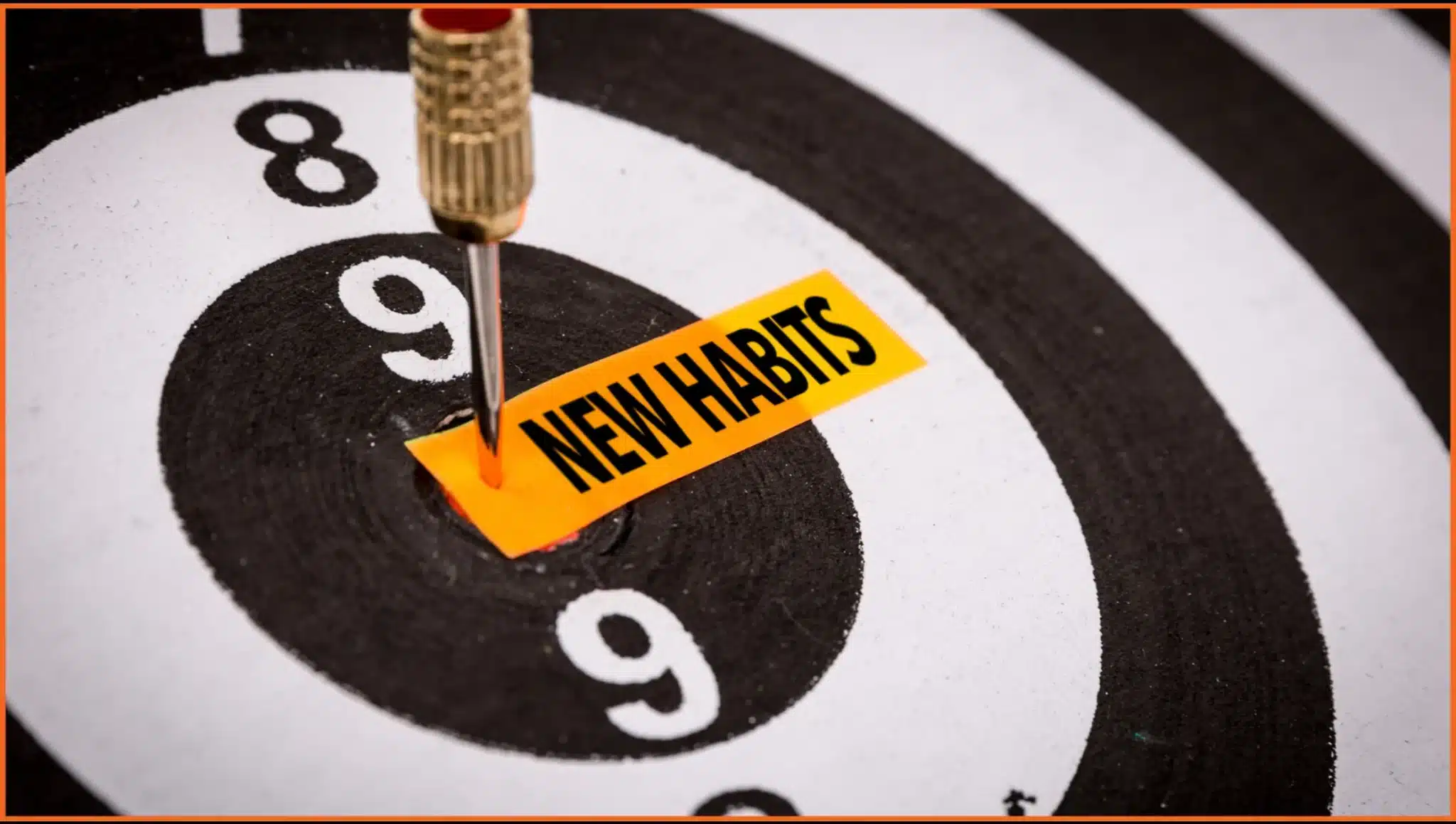Reflecting back on the early nineties, when I began my career as a medical sales representative, I remember being a shy youngster who preferred to stay behind the scenes. I did not crave the spotlight. I quietly did my work and avoided any situation that required me to stand out or speak up. But one moment early in my career changed everything.
It was during the selection for an elite eight-member team at Sun Pharma, chosen to represent the company in clinical discussions with doctors across India. For my home location in Lucknow, two candidates were shortlisted. They went ahead with my more experienced colleague. I was crushed. Then I learned that another location, Jaipur, was still open. I had already expressed willingness to be mobile, so I approached the interview board again and asked why I could not be considered for the Jaipur position. That assertive move landed me the spot.
That experience taught me a valuable distinction. Assertiveness is not just a personality trait, it is a skill that can be developed. You do not have to be loud, extroverted, or dominant to be assertive. You only need to learn how to express yourself clearly and respectfully.
Over three decades, I have seen how cultivating assertiveness has helped me grow from a field rep to a director. Through trial and reflection, I created a simple, actionable model that helped me and many others strengthen our assertiveness muscle. I call it the FEND Framework, and I will walk you through it shortly.
But first, let us get clear on what assertiveness actually means.
What Is Assertiveness, Really?
Table of Contents
Assertiveness is the ability to stand up for yourself and express your thoughts and feelings clearly while respecting others.
It sounds simple, but it is not easy. If you think about it, many organizations today are asking their people to:
- Speak up in meetings
- Challenge the status quo
- Disagree respectfully
- Question decisions, if needed
These are all assertive behaviors, and they are essential for any team to thrive. A company can move quickly and make smarter decisions only when everyone has had a chance to contribute their views. But that does not happen when people hold back.
What Gets in the Way of Assertiveness?
In my years of coaching and leading teams, I have observed three common blockers that stop people from expressing themselves fully:
1. Power Band Imbalance
Sometimes, the person across from you holds more formal authority, or perhaps they simply have a stronger personality. Either way, the power dynamic makes it difficult to speak your mind. If one person constantly dominates the space, others will naturally retreat.
2. Cultural Power Distance
Some workplace cultures discourage questioning authority. If employees are conditioned to obey without debate, they will rarely speak up, even when they should. Hofstede’s cultural dimensions describe this as high power distance. While respect is important, unquestioned compliance can harm innovation and agility.
3. Emotional Triggers
Fear and anger are powerful emotions. Fear of offending someone or losing your job can silence you. Anger, when not managed well, can erupt in unproductive ways or turn into long-term resentment. Both reactions are signs of emotional overload that block assertive behavior.
Introducing the FEND Framework
Through trial, error, and reflection, I developed the FEND framework, which captures four essential practices to become more assertive in the workplace:
- F – Flexing your way through
- E – Expressing your feelings
- N – Nurturing your inner strength
- D – Driving with purpose
Let me break each of these down with real-world tips that I personally found useful.
F – Flexing Your Way Through
Think back to a time when you said “yes” to something even though you meant “no.” Why did you agree? Maybe it was the pressure of hierarchy, guilt, or fear of disappointing someone.
Here are four ways you can learn to flex without losing your integrity:
Start Small
If saying “no” is hard for you, begin by practicing in low-stakes situations. You do not have to start with a big confrontation. Start by declining an extra cup of coffee or skipping a non-mandatory meeting. Small wins build confidence.
Buy Time
If you are unsure how to respond, do not say yes immediately. Say something like, “Let me think about it and get back to you.” This gives you space to prepare your response and express it more thoughtfully.
Offer Alternatives
Instead of rejecting someone outright, propose another way to get the same outcome. For example, “I may not be able to join this meeting, but I can send my input in advance.”
Ask Coaching Questions
Instead of giving your opinion directly, lead with questions. Ask, “What do you see as the pros and cons of this?” or “What would success look like here?” This invites dialogue and allows your voice to be heard without dominating the room.
E – Expressing Your Feelings
Many people find it difficult to say how they feel. They might bottle things up, hoping others will notice their discomfort. But no one is a mind reader. If you do not say what is bothering you, it is unlikely others will figure it out.
There is a simple way to start. Use “I” statements. For example:
- “I feel excluded when I am not informed about key meetings.”
- “I feel rushed when we skip over agenda items without discussion.”
These statements are not accusations. They are simply honest expressions. They open the door for constructive conversation. I have personally used this technique in high-pressure settings, and it almost always creates space for resolution.
N – Nurturing Your Inner Strength
There are only two unhelpful responses in a tough conversation:
- You shut down
- You explode
Neither approach builds trust or gets results. If you want to be assertive, you must cultivate a deep reservoir of inner calm.
This starts with detaching your self-worth from external approval. You are not defined by whether others agree with you. You are defined by your values, your integrity, and your purpose.
I remember how people once questioned MS Dhoni’s calm demeanor when the team was losing. They said he lacked energy. But that same calmness was seen as brilliance when the team was winning. People’s opinions change. Your self-belief should not.
D – Driving With Purpose
When you connect with what drives you, assertiveness comes more naturally. You are not being pushy for the sake of ego. You are standing up because something meaningful is at stake.
Here are two examples of inner drivers I have used to stay grounded and vocal:
a) The Drive to Grow
My family believed in me, even when my academic record was modest. That faith gave me a deep desire to keep learning, keep growing, and take initiative. That is why I could challenge the board’s decision at Sun Pharma early in my career. I wanted to grow. And I found the courage to say it.
b) The Drive for Impact
Sometimes people stay silent when they sense something is off. They do not want to challenge authority. But if your silence can cost the team, then speaking up becomes an act of service.
Malcolm Gladwell in Outliers talks about plane crashes that occurred because co-pilots did not challenge the pilot. They knew something was wrong, but did not speak up. That happens in the corporate world too. Silent teams let flawed decisions go unchallenged. Eventually, the cost is shared by all.
If you care about the long-term success of your team, then you must voice your concerns, not out of defiance but from a place of responsibility.
Building Your Assertiveness Muscle
Like any skill, assertiveness grows with practice. Use the FEND framework as your gym. Each time you flex, express, nurture, or connect with your drive, you are doing a rep. Over time, these reps build your confidence.
Start with small exercises. Keep a journal of moments where you wish you had spoken up and how you will approach them differently next time. Role-play tough conversations with a mentor. Reflect on what drives you. Slowly, you will find yourself stepping into your power more consistently.
Final Thoughts
Assertiveness is not about shouting or dominating a room. It is about speaking your truth calmly and respectfully. It is about creating space for dialogue, not conflict. And most of all, it is about aligning your behavior with your values.
If you are someone who has held back in meetings, or found it hard to say no, or struggled with giving feedback to someone more senior, I encourage you to try the FEND framework. It is not a quick fix. But it is a proven path to long-term confidence and clarity.
And remember, your voice matters. You do not need permission to use it. You only need the courage to begin.










